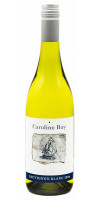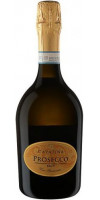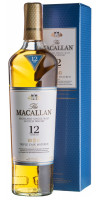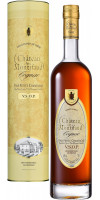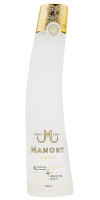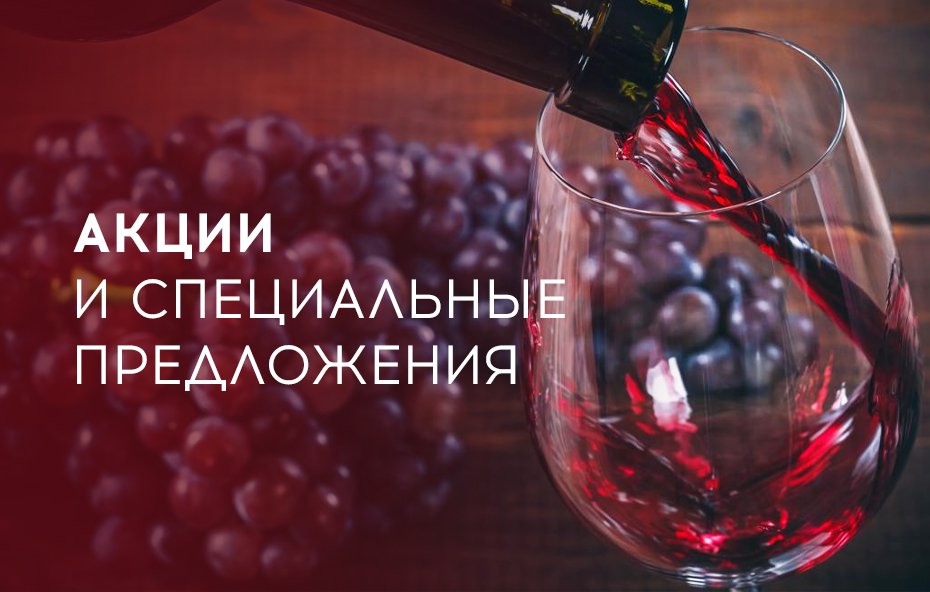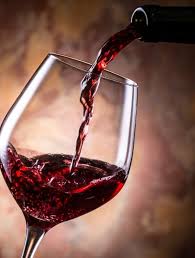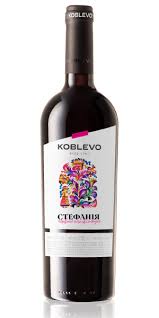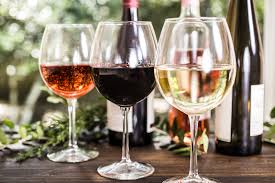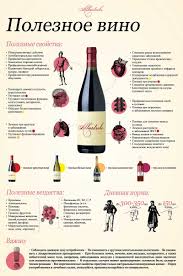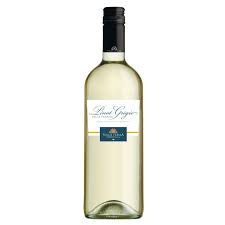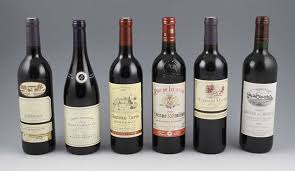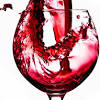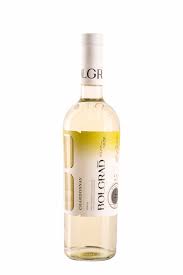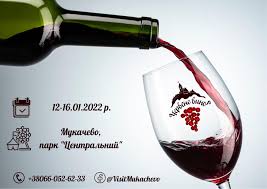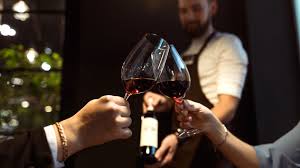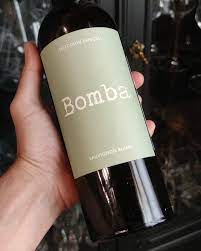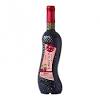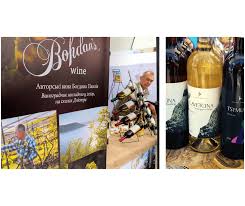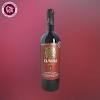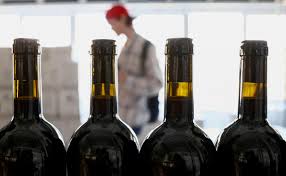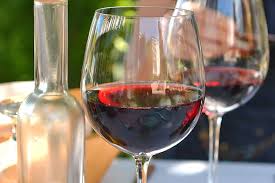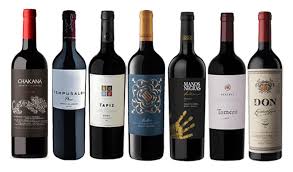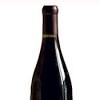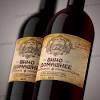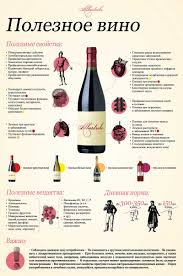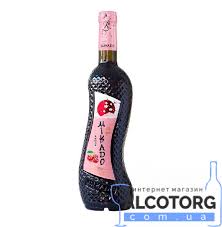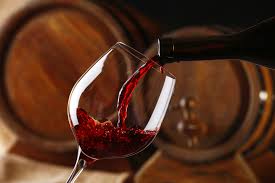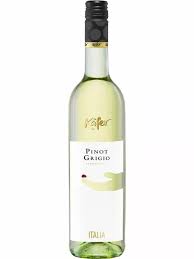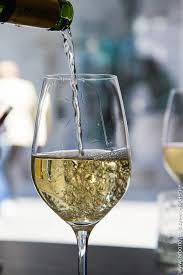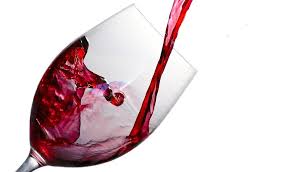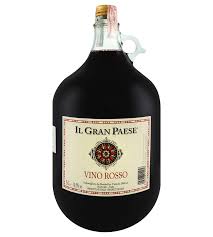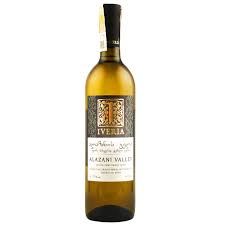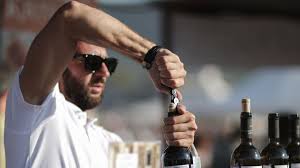
Спасибо за регистрацию в WineRow!
Вы будете уведомлены по электронной почте, как только Ваш Личный Кабинет будет активирован администрацией магазина.
Если у Вас есть какие-то вопросы, пожалуйста напишите нам.
Вы вышли из Личного Кабинета.
Ваша корзина покупок была сохранена. Она будет восстановлена при следующем входе в Ваш Личный Кабинет.
вине обем 0 75 л реджион кот диу ванту
In the autumn of 1844, the Main School of Horticulture was established in Odessa, the curriculum of which provided for the study of horticulture, viticulture and winemaking. In 1859 the school was transferred to Uman. At the suggestion of the school, the production of wine from fruits and berries was legalized. To obtain a must similar to grape must, the highly acidic juice was diluted with water to normal acidity. It should be noted that fruit and berry winemaking in Ukraine originates from Uman. At the beginning of the XX century. in the Uman School of Horticulture, a special course was taught "Processing fruits and berries into wine." The educational farm of the school produced several varieties of wine, which were in great demand. Graduates of the Uman School used the recipes of wines at their place of work. There is an expression in the Book of Genesis: "The grape is the tree of life." The first mention of the cultivation of grapes on the territory of Ukraine refers to the period VII-IV Art. BC Viticulture and winemaking developed around the ancient cities of Chersonese, Antikapeia, Tiritaki, Olbia in the territory of modern Nikolayevshchina. During the period of Kievan Rus, it is mentioned (Nikon's Chronicle of 1151) "Berendei and black hoods of the volost and poskosha grapes". Literary sources of the 6th century tell about the successful cultivation of grapes in the monastery gardens of Kyiv. In 1735, new vineyards were planted in Kyiv on the slopes of the Dnieper, and in 1758 - next to the Klovsky Palace, where in a few years there were about 30,000 bushes. Moving further south along the Dniester to the Mohyliv-Podilsky district, we can meet several more local grape varieties. And although these varieties are considered traditionally Moldovan, there is no doubt that they grew on both banks of the Dniester and not only on its Moldavian right bank. Ukrainian winemaking traditions are as old as the world. Although these traditions and technologies have survived many periods of decline, such as the Turkish rule in Podillya and other regions of Ukraine, or the Soviet era, when unique vineyards were destroyed in the mid-80s. Now the traditions of winemaking are being restored. Ukrainian wine-making and viticulture, regardless of complex social realities, is taking leaps and bounds through the thorns to the stars. New wines are emerging
По мне пьётся тяжело, наверное, надо разбавлять льдом или водой. ...
Дмитрий 07.01.2021
Лучший двенадцатилетний виски. Вкус мягкий, с приятной, не приторной сладостью. ...
Андрей 12.10.2022
Хорошее сбалансированное и зрелое вино с приятными нотами ванили и шоколада в бу ...
Маша 08.08.2022
Виски – крепкий алкогольный напиток с собственным характером. В составе присутствуют спирты ячменя, пшеницы или ржи. Производят также виски из кукурузы. Разнообразие видов и сортов огромное, так что в нем не трудно потеряться
ЧитатьСегодня в мире существует 4500 сортов красного вина, что предполагает невообразимое множество вкусов, ароматов и волшебное сочетание нот композиций
Каждый год 4 августа отмечают день рождения шампанского. В этот праздник принято открывать бутылку хорошего игристого и не спеша наслаждаться напитком
ЧитатьМясная гастрономия очень разнообразна. Она не только включает в себя виды основного продукта, но и сотни блюд
ЧитатьЧасто бывает, что в бутылке остается недопитое вино. Конечно, возникает логичная мысль – поставить его в холодильник, чтобы сохранить до следующего повода. Однако...
ЧитатьМногие любители крепких напитков уверены, что виски или скотч нужно пить без закуски, не перебивая вкус напитка продуктами.
Читать
